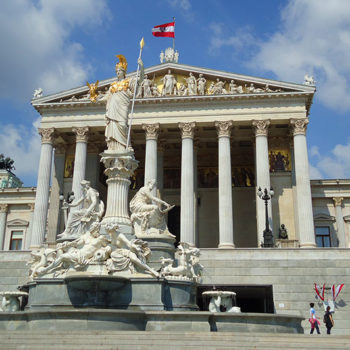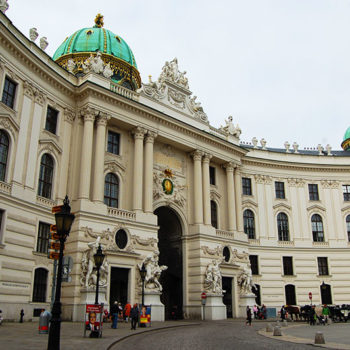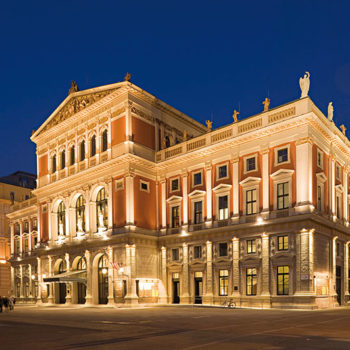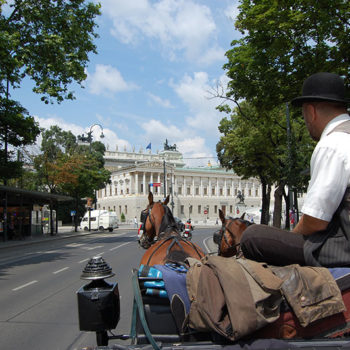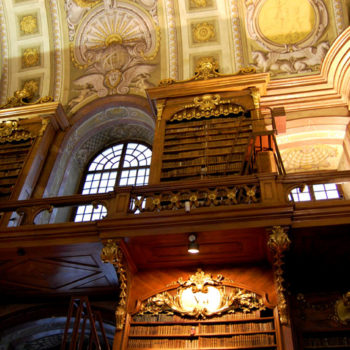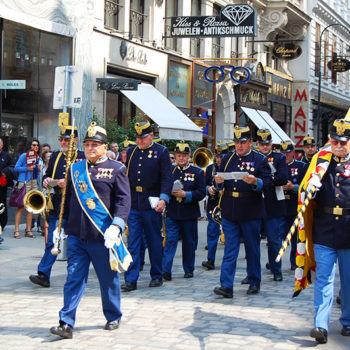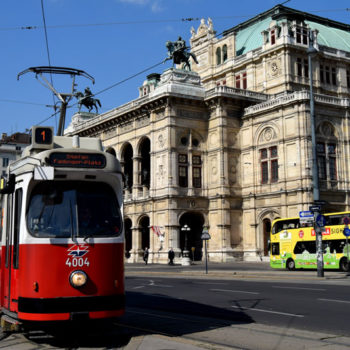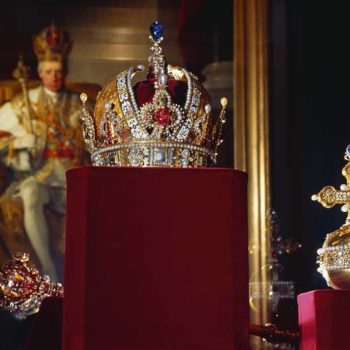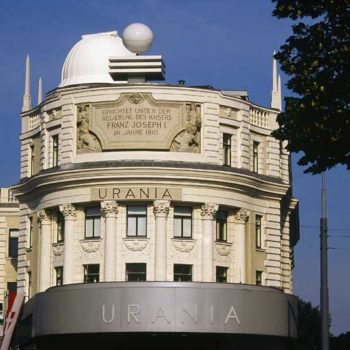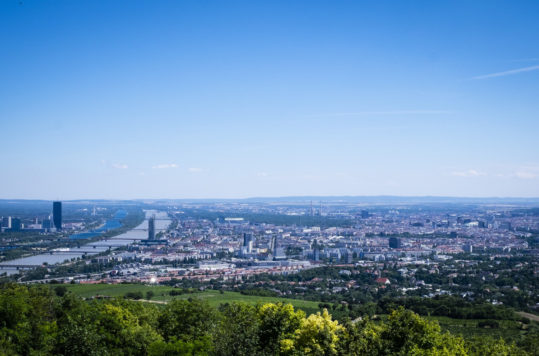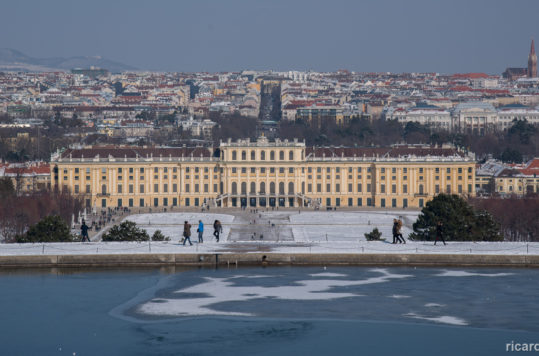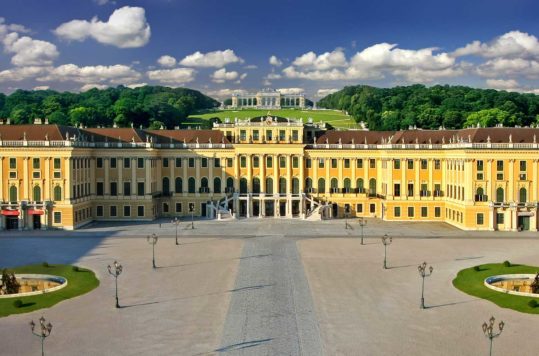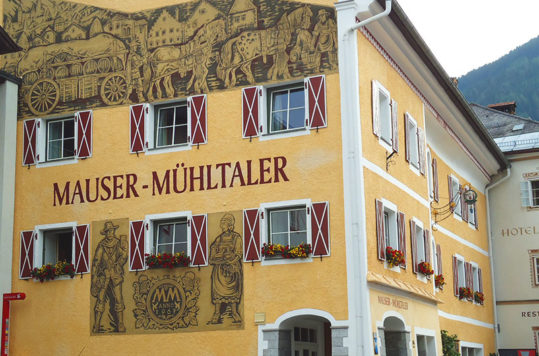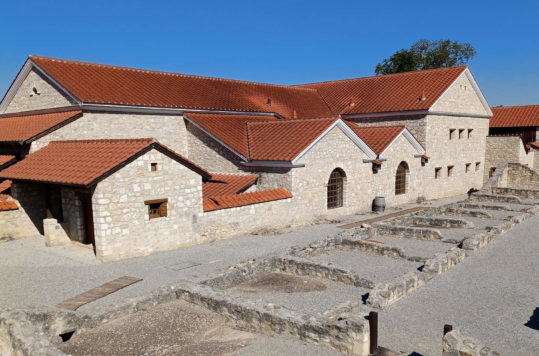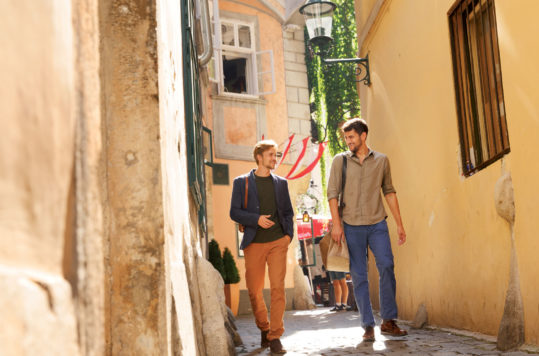The grandiose buildings that characterize much of Vienna date from a time when the city was the capital of an enormous empire. Although the architecture sights in itself, they are more than just ancient splendor. Imperial Vienna is also a very lively part of the cityscape.
The House of Habsburg ruled Austria for 640 years, from 1278 to 1918 and has left its mark on Vienna forever. The historic buildings they left behind are among Vienna’s most popular tourist sights. However, it is not just the buildings themselves that are exciting sights. In addition to functioning as public offices, many historic buildings house cultural institutions, museums, hotels, shops, and restaurants so that anyone can take a closer look at them, both outside and inside.
Imperial Vienna
Vienna was the capital of the Austrian Empire and a dominant centre of political power in Europe for more than five hundred years. The Habsburgs ruled an empire with 50 million inhabitants from Vienna. Moreover, the city reflected the vast multicultural Empire and the Habsburg influence in Europe. The Habsburgs and their imperial court left a significant legacy behind in Vienna, with numerous ostentatious palaces, public buildings, and parks. Today this heritage is preserved and presented in a way that maintains history through the brand Imperial Austria.
< Click on the images to enlarge >
Vienna Ring Road
For centuries Vienna was surrounded by massive fortress walls. The gates closed at night, and life continued within the walls. Eventually, the city wall became a significant obstacle to development both inside and outside the walls. Moreover, the city had become very crowded by 1864, with about 60,000 people living within the city walls. By comparison, 16,000 people live in the 1. Bezirk (Old Town) today. Something had to be done, and the circular grand boulevard Vienna Ring Road (Ringstrasse) was constructed.
Ringstrasse
Ringstrasse was created between 1860 and 1890 by tearing down the city walls, which no longer had any practical function. Emperor Franz Joseph, I wanted to merge the outer districts and central Vienna and make the Ringstrasse the most beautiful boulevard in the world. For the first time, Vienna got a parade street where the country could show off its power and splendour. No place in Vienna has a more extensive collection of magnificent buildings than the 5.3-kilometre-long Ringstrasse. The name, Ringstrasse, indicates it circles the historic centre of Vienna (Altstadt). Numerous magnificent buildings line the Ringstrasse, such as the Vienna State Opera, the Palace of Justice, the Austrian Parliament, the Natural History and Art History Museum, Vienna City Hall, the Burgtheater, and the University of Vienna, to name a few.
ADVERTISEMENT
Explore by tram
Ringstrasse is much more than just beautiful palaces and public buildings. You find several beautiful parks along the Ringstrasse; Stadtpark, Burggarten, and Volksgarten. Furthermore, the Ringstrasse is divided into several sections with different street names. Going clockwise, starting by the Danube at Julius Raab Platz; Stubenring, Parkring, Schubertring, Kärtner Ring, Opernring, Burgring, Universitätsring, and finally Schottenring, which ends by the Danube on Franz-Josef’s Quay. The best way to get an overview of the Ringstrasse is to jump on the Vienna Ring Tram, a sightseeing tram line that takes you around the entire Ringstrasse. Another option is to get around by combining regular tram lines 1 and 2.
Hofburg
The jewel in the crown of imperial Vienna is the Hofburg, a former imperial residence that today is, among other things, the official residence of the Austrian president. The Hofburg is not just a single building but a complex of at least 16 different buildings – depending on how you count. The former imperial residence has undergone several expansions and rebuilds over time and was a European centre of power for hundreds of years until the beginning of the 20th century. It was from this palace that Emperor Franz Joseph, whose reign lasted 68 years, decided the fate of the Danube monarchy. The multinational empire at one time was eight times the size of present-day Austria.
ADVERTISEMENTS
Magnificent interior
Visitors can admire part of Hofburg’s historic architecture from the outside and inside. Moreover, often the interior is more magnificent than the exterior. Visit some museums, shops, or cafes within Hofburg to see the interior. Step into a bygone era when you admire the Imperial Apartments, sit at Café Landtmann from 1873, or admire the fabulously decorated Austrian National Library.
Schönbrunn Palace
The most visited tourist attraction and the most impressive landmark in Vienna are Schönbrunn Palace. First erected as a hunting lodge within a large park, it was expanded to its current size in the mid-18th century. Schönbrunn served as the seat of government and the summer residence of the imperial family and court during the summer. In the middle of the 19th century, the palace and all other buildings were painted in the so-called Schönbrunn yellow, which eventually became the trademark of the Habsburg monarchy. Check out our article about Schloss Schönbrunn.

